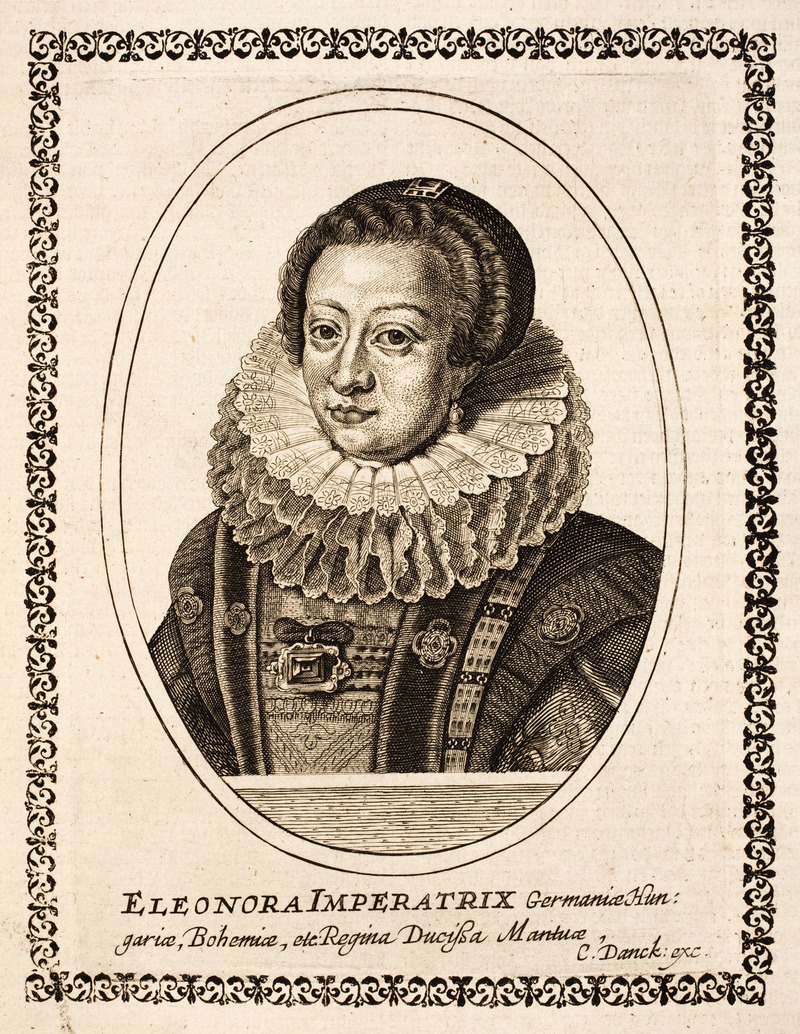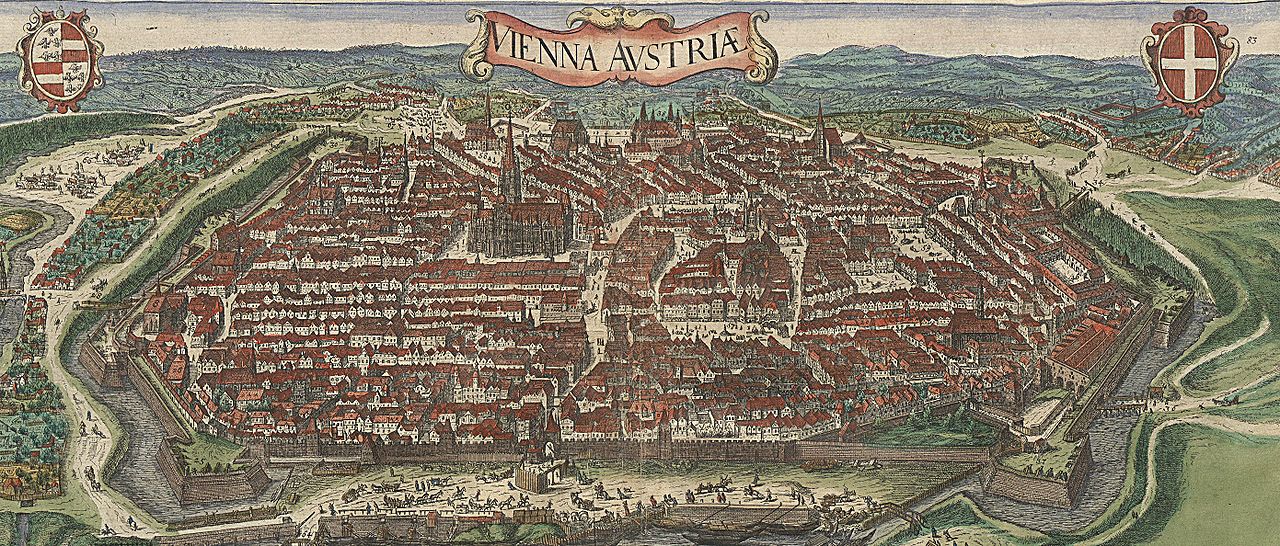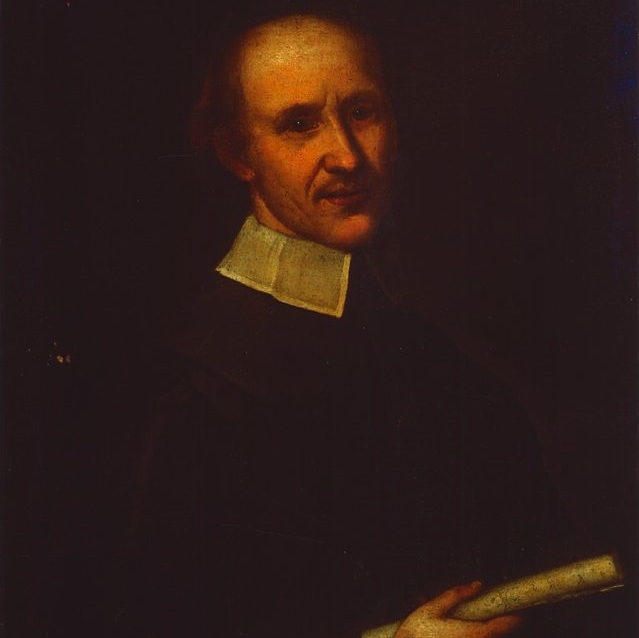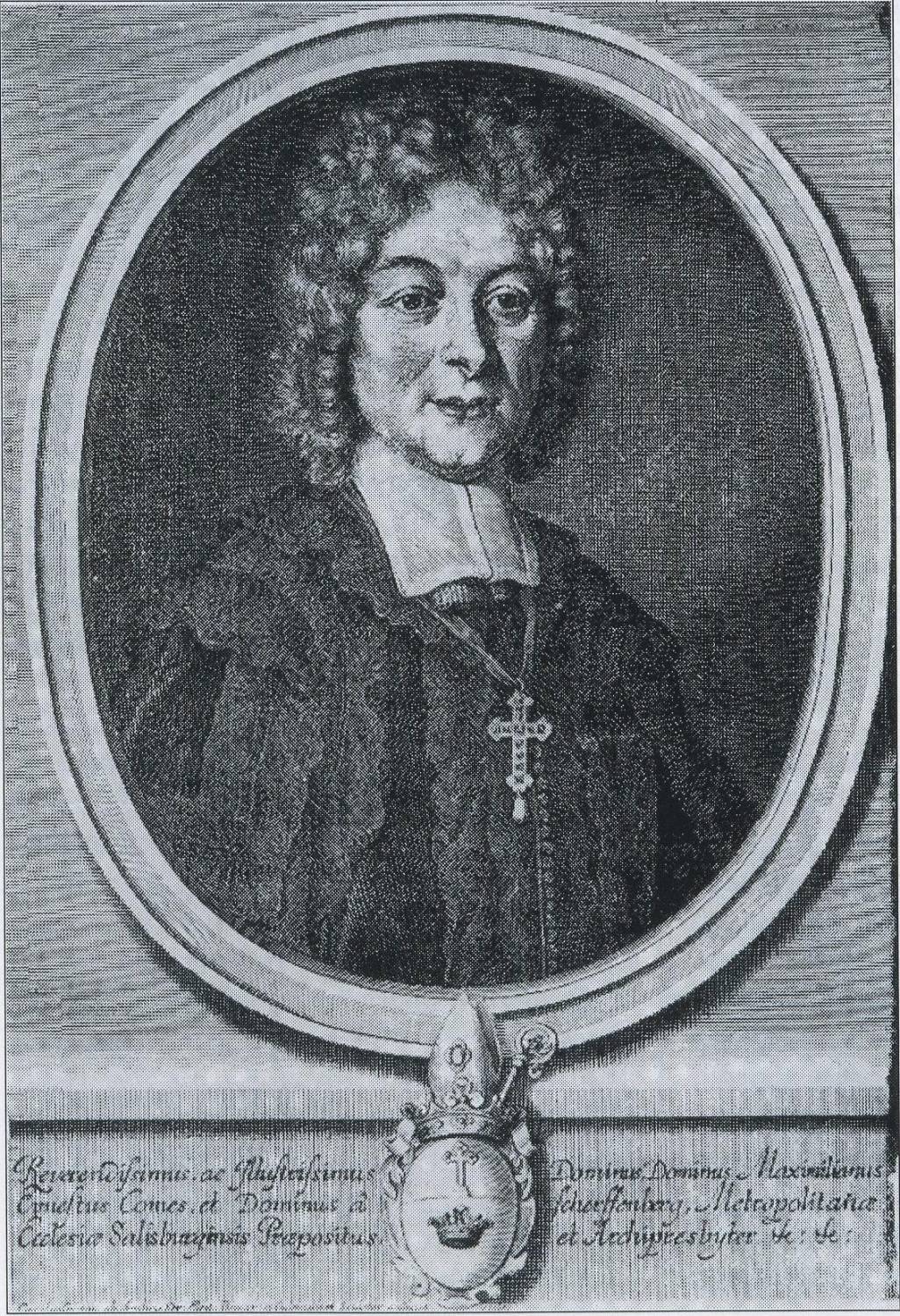by Julie Andrijeski and Robert Mealy
When the Holy Roman Emperor Ferdinand II moved his court to Vienna in 1619, this great Hapsburg city became a thriving international musical scene. Emissaries sought out the best players and composers from all over Italy in an effort to make Ferdinand’s court as cosmopolitan and sophisticated as possible. This was the birth of what we could call today the very first Viennese school, long before the great Classical period. Like the Classical composers, these musicians made a specialty of the great instrumental form of the sonata. But unlike those of Mozart and Haydn, the seventeenth-century sonata was a form of extreme novelty and experimentation, a way to create a purely instrumental discourse in music.

Ferdinand himself had a very personal connection to Italy: in 1622, he married Eleanora Gonzaga. Eleanora, from Mantua, provided a direct link to the great innovator Claudio Monteverdi who later dedicated his Selva morale to the Empress (1640) and his eighth book of madrigals to Ferdinand (1638).
Eleanora brought her personal musical entourage with her to Vienna, including Giovanni Battista Buonamente, who became musicista da camera to the Emperor beginning in 1626. Buonamente, well acquainted with the music of Claudio Monteverdi and perhaps under his employ in Mantua, brought Monteverdi’s stile moderno with him to Vienna, a musical language of sudden contrasts, dramatic rhetoric, and passionate exchanges. Buonamente’s concertato style of composition for the violin made a great impression on the Viennese musical establishment.
Even more influential was Giovanni Valentini, a Venetian and pupil of Giovanni Gabrieli. Valentini began his career in Vienna as court organist but soon rose to the influential position of imperial Kapellmeister by 1626. After the death of Ferdinand II, his son Ferdinand III retained him in his post and was known to consult him on musical and literary matters. Although many of Valentini’s compositions are in the conservative polyphonic stile antico, he did venture occasionally into new sound worlds.
Italians were already present at earlier Hapsburg courts, however. Ferdinand’s predecessor Emperor Matthias employed lutenist Pietro Paulo Melli who was one of the highest paid musicians at court and numbered among the very few musicians to be retained by Ferdinand after his accession. Melli’s fourth book of sonatas contains his most ambitious compositions, some of which experiment with the beginnings of continuo practice. This book also includes several dances from a ballet that had been performed before Mathias in 1615, as well as his Capricio detto Il gran Matias. Lutenists continued to be a part of the Hapsburg musical establishment until well into the 18th century.
The Imperial court inspired other nobles to emulate the fashion for Italian musicians. In Innsbruck, the Archduke Ferdinand Charles employed the remarkable violin virtuoso Giovanni Antonio Pandolfi at his court. Pandolfi’s imaginative solo sonatas published as Op. 3 (1660) are his best-known works today. Court composer and future Kapellmeister Johann Heinrich Schmelzer, amongst others, was greatly influenced by Pandolfi’s extravagant and virtuosic compositional style in these sonatas. Pandolfi was a master of the stylus phantasticus, “the most free and unrestrained style,” with its abrupt transitions, passionate harmonies, and quirky dance rhythms. His Passacaglio a due violini, subtitled “Il Marquetta,” comes from a later collection of ensemble and solo works published as Op. 4 in 1669. It is less adventuresome than the earlier solo sonatas but still retains plenty of imagination and verve.
Yet another influential Italian migrant was the “valoroso nel’violino” Antonio Bertali, who arrived in Vienna around 1624 and became Kapellmeister to the Emperor in 1649. His Sonata à 3 is from the posthumous collection Prothimia suavissima; it is similar in construction to the sonate concertate of Castello and earlier Italians, with dramatic solos intermixed with brisk tuttis. But here the musical architecture is broader and more spacious than that of the earlier Italians, and the effects take more time to unfold.

Several of the Italians who arrived in Austria brought the latest in Italian opera to the courts. Antonio Cesti’s Il pomo d’oro (The Golden Apple) was the most lavish and extensive opera performed in seventeenth-century Vienna. Originally planned for the celebration of Leopold’s long-awaited marriage to Margareta Teresa of Spain in 1666, the opera was postponed until 1668. Johann Heinrich Schmelzer composed the dance music for this extravaganza that lasted two days and included 24 sets, a cast of hundreds (including nearly 50 vocal roles) and spectacular machinery.
Schmelzer was the first native-born German to rise to the position of Kapellmeister. Beginning with Giovanni Priuli at the accession of Ferdinand II, this influential job was only held by Italians. Schmelzer finally attained this position in 1679; alas, he held it only for a few months before he fell victim to the terrible plague that swept Vienna and Prague that year. Schmelzer was a violin virtuoso himself, but composed works for all the available instruments at the Viennese court. His La Carolietta is an excellent example of the “mixed consort” in which the different sonorities of strings, reeds, and brass work together in an elaborate ensemble sonata.

Much of the ensemble music from the Viennese court circulated only in manuscript, and many of the Viennese composers turn up in collections far from Austria. One important manuscript, the anthology prepared by the Gotha musician Johann Ludwig as a present for the highly intellectual Duke Anton Ulrich of Braunschweig, contains an extended Sonata à 4 by Bertali, which includes not only paired sets of solos for everyone but a gorgeous passacaglia, full of passionate episodes.
Not every Italian found an easy route to Vienna, however. The gifted composer and organist Giovanni Legrenzi spent much of his career in cities like Bergamo and Ferrara. In 1665, thanks to a Ferrarese patron, he managed to have one of his operas performed in Vienna. He also persuaded the Duke of Mantua to petition the Imperial Court to have him made Kapellmeister. Unfortunately for Legrenzi, Bertali was to remain in that position for another four years. As part of his efforts to win favor in Vienna, Legrenzi named one of his books of sonatas “La Cetra” after Emperor Leopold’s emblem; the word means both “The Scepter” and “The Lyre.”
Leopold had unexpectedly succeeded to the Imperial throne in 1658. A younger son, he received an extensive education that emphasized the intellectual arts rather than statecraft, with the result that he could not only speak four languages and write good Italian poetry, but he was also a very capable composer. During his long reign, more than 400 musical dramas were presented at court, including operas, oratorios, ballets, and Carnival entertainments.
Among Leopold’s musicians was the organist Johann Kaspar Kerll, who first studied with Valentini before traveling to Rome to work with Carissimi and Froberger. After serving as Kapellmeister in Munich, he moved to Vienna in 1673; apparently a dispute with the Italian opera singers in Munich prompted his move to the Imperial capital. He became one of Leopold’s court organists five years later. After an eventful decade in Vienna, where he lived through both the great plague of 1679 and the Ottoman siege of 1683, he returned to Munich for the last years of his career.

One of the most widely-traveled musicians of this time was Georg Muffat, who as a teenager spent six formative years studying with Lully’s musicians in Paris. When war broke out in his native Alsace, he fled (as he says in his Florilegium) “to Vienna in Austria, Prague and then finally to Salzburg and Passau.” While in Vienna he was received by Leopold, but there was no court job open for him. He ended up working in Salzburg as organist for the Prince-Archbishop, who was generous enough to allow him to continue his ethnomusicological field-work by going to Rome to study with Corelli in the 1680s. Muffat’s collection of elaborate organ works, the Apparatus musico-organisticus, was dedicated to Leopold; the composer presented it to the Emperor in person in 1690.
Johann Jacob Fux is best known today for his guide to counterpoint, the Gradus ad Parnassum. His own climb to the Parnassus of the imperial court is slightly mysterious; he received a thorough Jesuit education at Graz, but his matriculation document remarks that he “fled away secretly” before graduating. By the 1690s, he seems to have been working for the Archbishop of Hungary, who was a good friend of Emperor Leopold. Fux dedicated a Mass to the Emperor in 1695, and soon thereafter began working for the Imperial court. He remained in service through three emperors, providing everything from masses and oratorios to chamber music to operas, while also doing a huge amount of administration.
Fux’s music, like his career, traces a generational shift. Some of his chamber works like the Sonata à 4 you will hear tonight are very much in the mode of the seventeenth-century sonata, but by the end of his career he was creating High Baroque trio sonatas. A remarkable figure, Fux deserves far more recognition for his music than he has yet received.
We close our program with one more entertainment for Leopold, a Carnival serenata by Schmelzer. This work may in fact be two pieces that were combined together, since it begins as a five-part work and ends in four parts. After a series of Commedia-related dances, the work ends with a mock-tragic lamento for the death of Carnival, which is persistently interrupted by a Campanella, a tintinnabulation of tiny bells.












